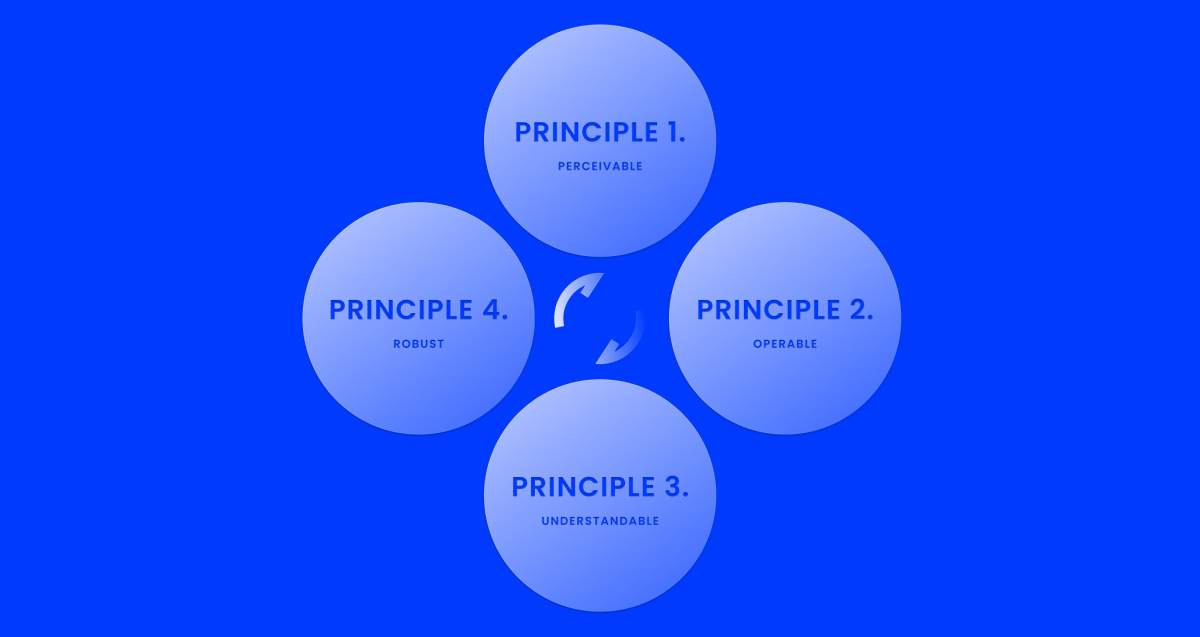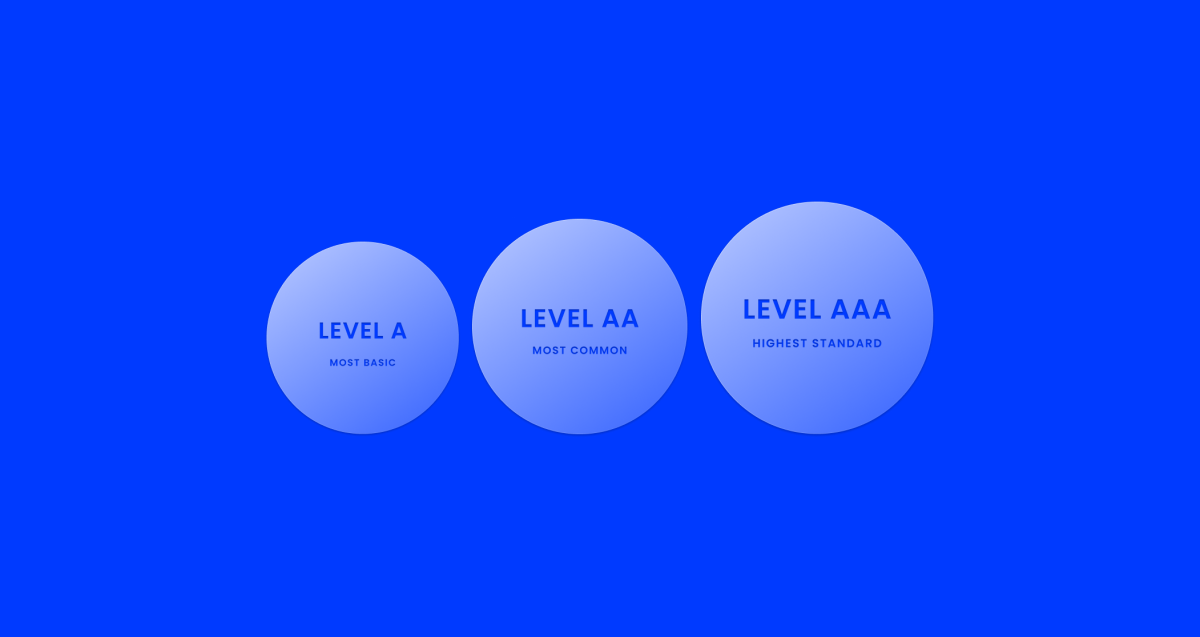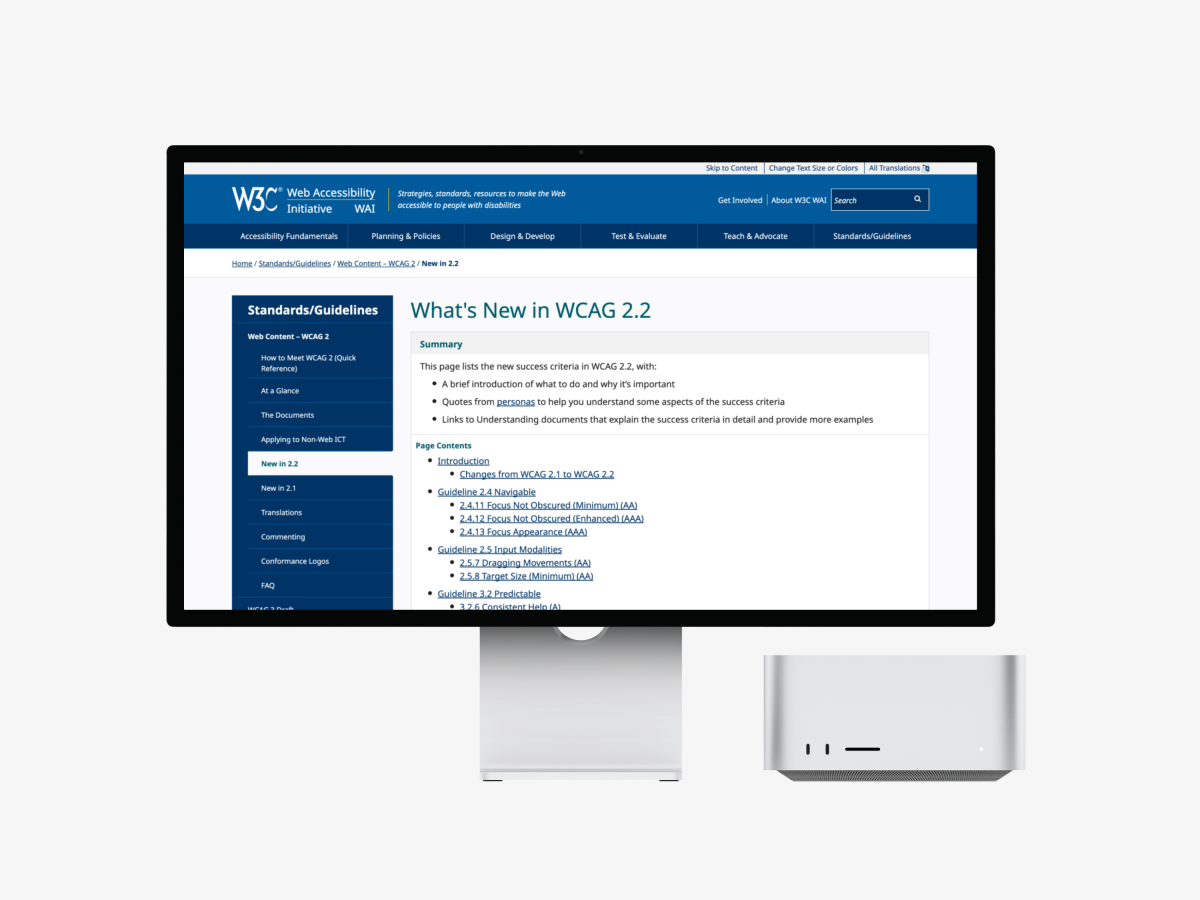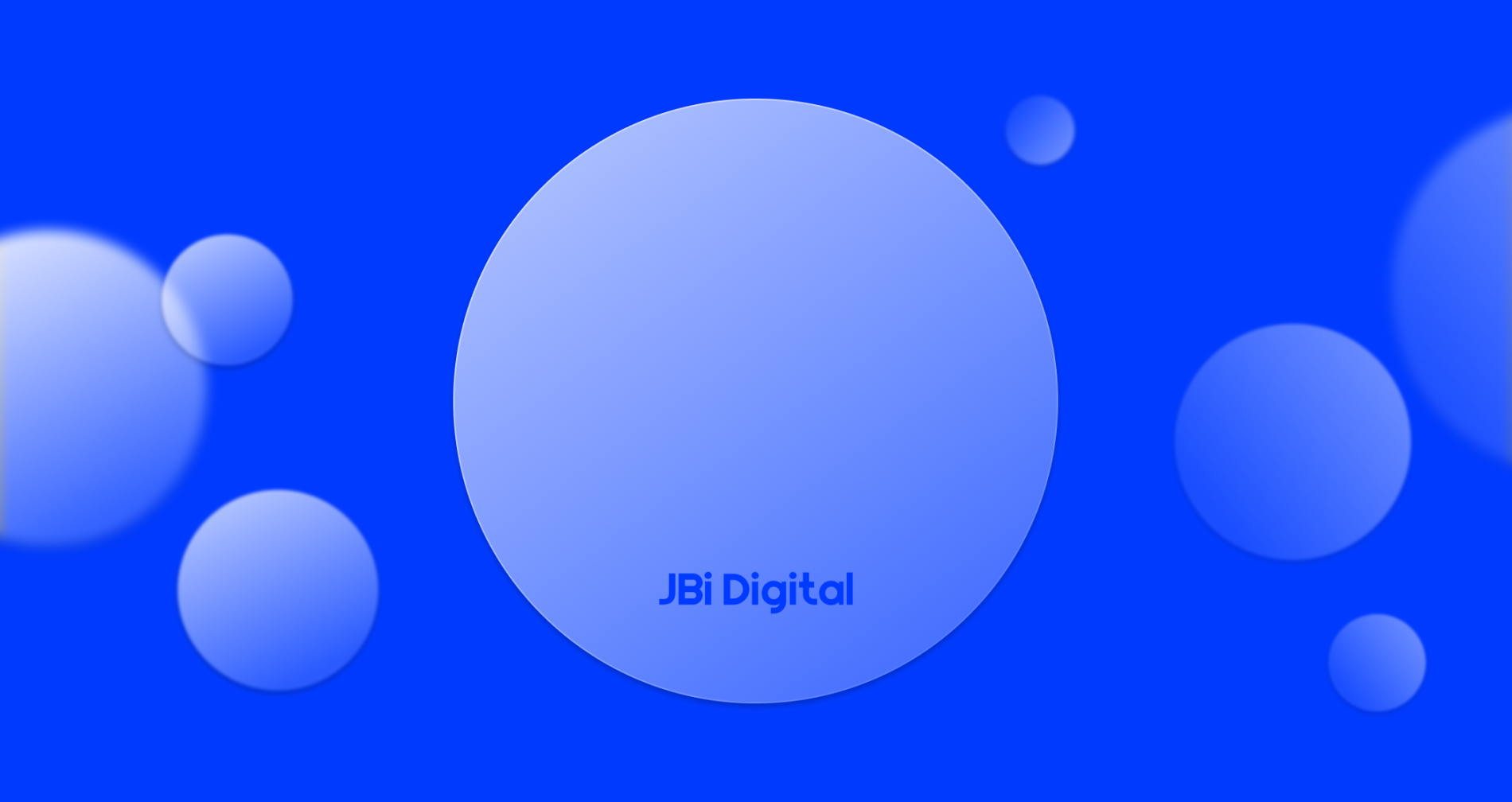What are the Web Content Accessibility Guidelines (WCAG), and what is their role in digital design?
If you work in any digital-related industry, you will have heard of WCAG. They are the design principles, guidelines, and techniques that UX and web designers, content creators, and developers use to help them produce accessible content.
Developed and periodically updated by the World Wide Web Consortium (W3C), they were written to further W3C’s aim of making the Internet accessible to everyone. A goal we fully support.
Each version of the WCAG guidelines builds on the last, considering new technological advancements to provide as comprehensive a set of guidelines as possible.
The latest version of WCAG, WCAG 2.2, was released in October 2023 and has updated the criteria websites need to meet to achieve each of its three levels of compliance.
Is there a legal requirement to comply with the WCAG Guidelines?
Unlike in the private sector, where multiple companies compete for consumers’ business, in the public sector, users may not have a choice of service to use. Without the incentive of competition to drive improvements to accessible standards, it would be easy for these bodies to ignore accessible requirements.
However, since the introduction of The Public Sector Bodies (Websites and Mobile Applications) Accessibility Regulations in 2018, public sector bodies in the UK are legally required to meet AA WCAG standards.
When the guidelines are updated, public bodies have a defined amount of time to implement any changes before they are audited against them.
What does WCAG contain?
Versions 2 to 2.2 of the WCAG have all followed the same structure. They outline success criteria and offer advice on how to achieve them that fit into twelve guidelines within four principles. The structure of WCAG is outlined below.
The four Principles
The top level is comprised of the four POUR principles that provide the foundation for Web accessibility. These are Perceivable, Operable, Understandable, and Robust.
Principle one: Perceivable
Users must be able to understand the information; it can’t be invisible. This encompasses things like providing text alternatives for images so information can be changed into other forms people need.
Principle two: Operable
Users must be able to use the interface. For example, keyboard accessibility should be used to accommodate those with disabilities which means they are unable to use a mouse.
Principle three: Understandable
Users must be able to comprehend the information as well as how to use the interface. This encompasses things such as adding instructions and labels whenever content requires user input.
Principle four: Robust
Content must be robust enough that it can be interpreted reliably by a wide variety of user agents, including assistive technologies.

Guidelines
Twelve guidelines provide goals that designers should work towards. The guidelines are not testable, but they provide the framework and overall objectives to help designers understand the success criteria contained within that section.
Success criteria
Each guideline has a set of testable success criteria to verify accessibility. Each criterion corresponds to one of the three levels: A, AA, and AAA.
Level A
This is the simplest level and the easiest to achieve. Websites that don’t meet this standard likely have serious accessibility issues.
Level AA
This is the most common level of accessibility for companies to aim to achieve. It is the basis of most accessibility legislation. You can learn more about legal accessibility requirements in our article on why accessibility is important.
Level AAA
This is the highest standard and the ultimate goal to strive for. However, it is only sometimes possible for businesses to achieve.

Sufficient and advisory techniques
For each of the success criteria, there are often several techniques that will help designers satisfy the conditions. There is a multitude of guidance on how to meet each criterion on the W3C website.
A brief history of WCAG
WCAG 1.0 – 1999
The first version of WCAG was established in 1999. It was the first step in establishing an international guideline for accessibility online. Its focus was primarily on HTML and clean coding.
WCAG 2.0 – 2008
The second iteration of WCAG published in 2008 had a broader focus, taking a wide variety of technologies into account, it guided developers to make all digital content accessible as opposed to only addressing content implemented in HTML.
This version established the four principles that still categorise the success criteria today.
WCAG 2.1 – 2018
A decade later in 2018, WCAG 2.1 was released. This version marked less of an overhaul than the previous update, instead adding new rules to the existing 2.0 guidelines.
Many of the new guidelines introduced were intended to address mobile web barriers as this method of browsing had become increasingly popular in the period between this version and the previous.
WCAG 2.2 - 2023
The latest version of WCAG was published in October 2023 and is another extension of the existing standards. From October 2024, GDS will begin auditing against the nine additional success criteria that have been added in this iteration of the guidelines.
What’s new in WCAG 2.2?

The new success criteria focus on:
Focus (AA and AAA)
The first three additional criteria ensure keyboard-enabled focus states are always at least partially visible and that the focus indicator has sufficient size and contrast to be distinguished from its unfocused state.
Dragging movements (AA)
Any action that involves dragging will need a simple pointer alternative.
Target size (AA)
Targets will need to meet a minimum size of at least 24×25 CSS pixels or have sufficient spacing around them unless they meet specific criteria that exempt them.
Consistent help (A)
When the same guidance (including contact details, contact mechanisms or self-help options) is available on multiple pages, it should appear in the same place and in the same relative order to other page content.
Redundant entry (A)
Information previously entered by or provided to the user that is required again in the same process should be auto-populated or available for the user to select. The burden should not be on the user to have to remember.
Accessible authentication (AA and AAA)
Cognitive function tests (like remembering a password or solving a puzzle) should not be required at any step in an authentication process unless certain conditions that make them easier for the user to complete are met.
What’s been removed from WCAG 2.2?
Parsing (analysing a string or text into logical syntax components) is now considered obsolete and has been removed from this version of the guidelines.
Where can you learn more about WCAG 2.2? (H3)
More detailed information about the changes to the WCAG guidelines can be found on the WC3 website.
WCAG 2.2 and legal compliance
The GDS (Government Design Service), which is responsible for auditing the websites of the 1,900 public bodies in the UK, will begin to hold them to 2.2 standards from October 2024.
The GDS has updated its guidance on what WCAG 2.2 means for public bodies.
What do you need to do now?
If you’re curious to know how your website measures up to the WCAG guidelines or need help to meet the new success criteria before the October 2024 deadline? JBi can help interpret and implement the guidelines. Please don’t hesitate to get in touch by calling 0207 043 2510 or emailing hello@jbidigital.co.uk.

